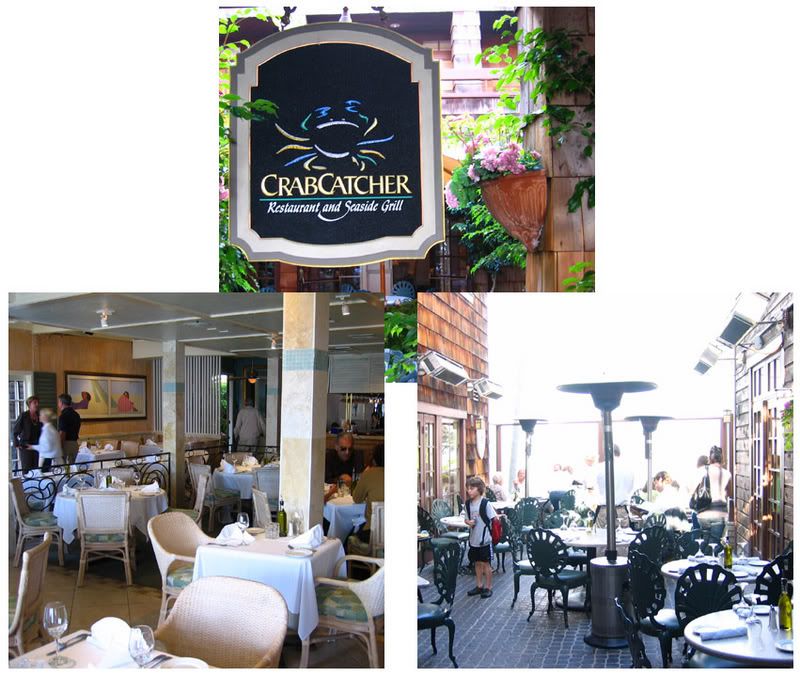We went over to my wife's parents' home to open the first day of Hanukkah with a traditional meal of latkes (potato pancakes fried in vegetable oil) and other sumptuous delicacies. It is said that every Jewish household has its own recipe for making latkes, but I didn't ask my mom-in-law how she made hers. I've always found them to be quite delicious, especially when eaten with a very thick Russian sour cream. For this occasion, I brought over 2 Israeli kosher red wines that I thought might be right for the celebration.
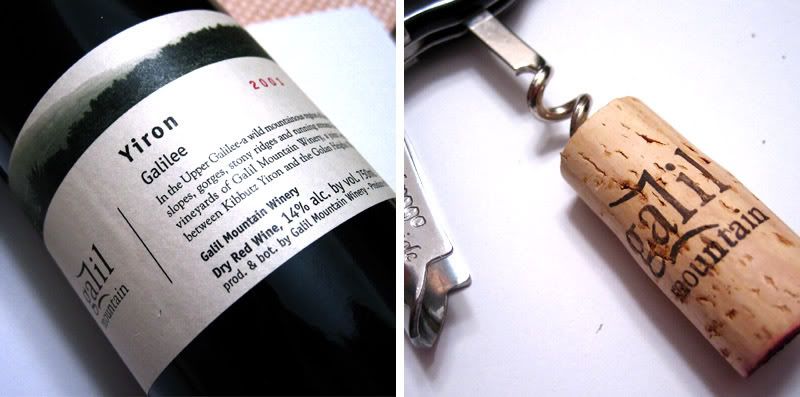 2001 Galil Mountain Winery, Yiron, Galilee, Israel ($20)
2001 Galil Mountain Winery, Yiron, Galilee, Israel ($20)78% Cabernet Sauvignon, 22% Merlot
A very dry Bordeaux blend. Quite fruit forward with a spicy hit in the finish. Dark plums and oaky vanilla are the prominent tastes. Soft, ripe tannin. Quite delicious.
And...
 2002 Yarden Cabernet Sauvignon, Galilee, Israel ($22)
2002 Yarden Cabernet Sauvignon, Galilee, Israel ($22)Old-world style cabernet. Very Bordeaux-like in taste (St. Julien?). Oak and cedar hit the nose first, followed by tart blackcurrant. Quite tannic and tight (I'm enjoying this wine as I am writing this post. It's on its second day in the bottle and the tannins has not relented). A balanced wine with ample acidity and ripeness level. The label on the back of the bottle says that this wine "should age gracefully over the next decade." I am leaning towards believing this statement. But what do I know about Israeli wines at this point?
Of the two wines, I think I prefer the Yiron for now...in the long term however, the Yarden may well outlive the Yiron. It's my speculation.
Also tasted during the weekend:
 2004 Marquis-Philips Shiraz, South Australia ($12, 15.5%)
2004 Marquis-Philips Shiraz, South Australia ($12, 15.5%)This brand was a popular project by Dan Philips, the American wine importer, with Sarah and Sparky Marquis, the Australian wife-and-husband winemaking team. The partnership has since been disbanded in 2006.
The 2004 of their generic bottling is a HUGE, multilayered wine. I could sense its viscosity from the moment it poured out of the bottle. Very focused and concentrated nose of casis, currant and sweet chocolate. You can taste the sweetness of the glycerin. Full bodied with tastes that explodes like a grenade in your mouth. Finishes long and spicy with dark chocolate. Very good balance considering the 15.5% alcohol (though it showed a bit hot in its finish). Elegant? Maybe not. Fun and delicious? Hell, yeah!
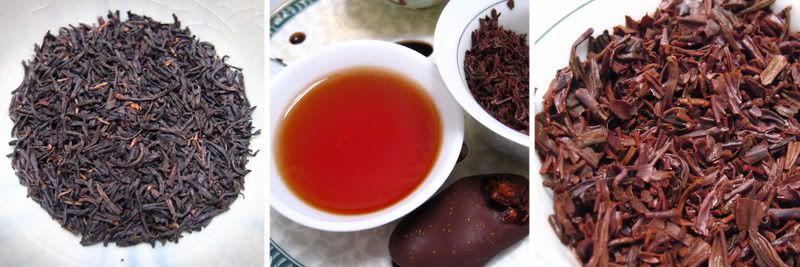




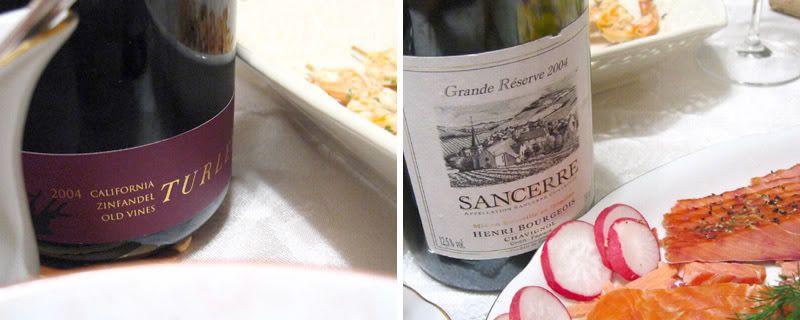

 On the way to our hotel in Pacific beach (next to the famous La Jolla beach), we stopped by Carlsbad to lunch at the
On the way to our hotel in Pacific beach (next to the famous La Jolla beach), we stopped by Carlsbad to lunch at the 
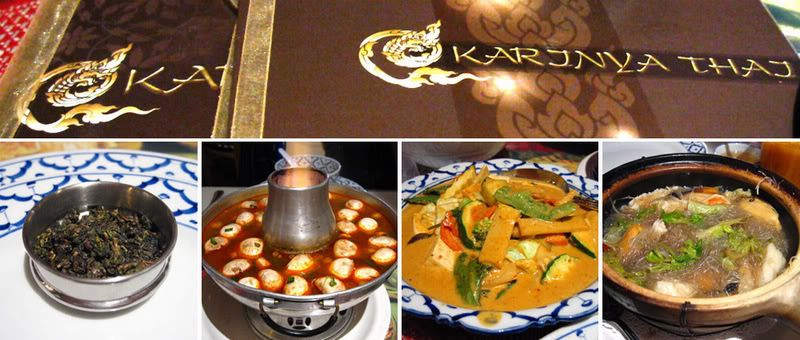
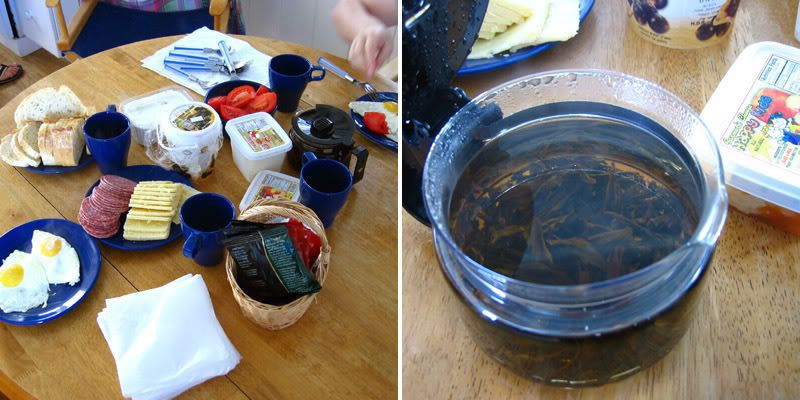
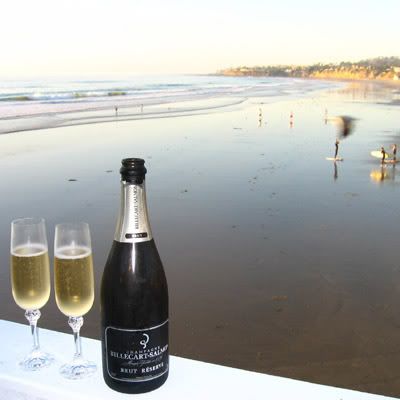 N/V Billecart-Salmon Brut Champagne
N/V Billecart-Salmon Brut Champagne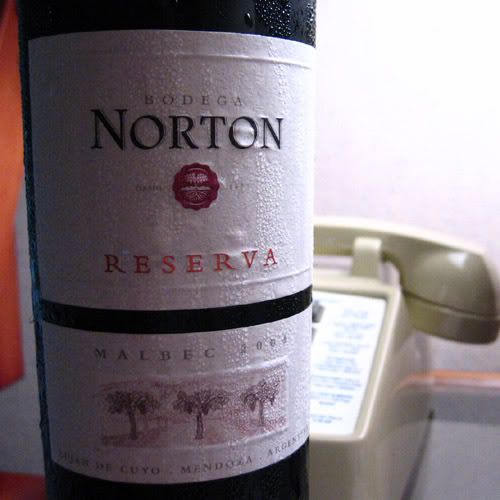 2004 Bodega Norton Reserva Malbec, Mendoza, Argentina
2004 Bodega Norton Reserva Malbec, Mendoza, Argentina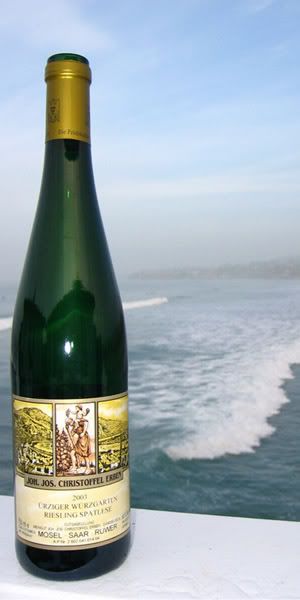 2003 Joh Jos Christoffel Riesling Spatlese, Urziger Wurzgarten, Mosel-Saar-Ruwer, Germany
2003 Joh Jos Christoffel Riesling Spatlese, Urziger Wurzgarten, Mosel-Saar-Ruwer, Germany